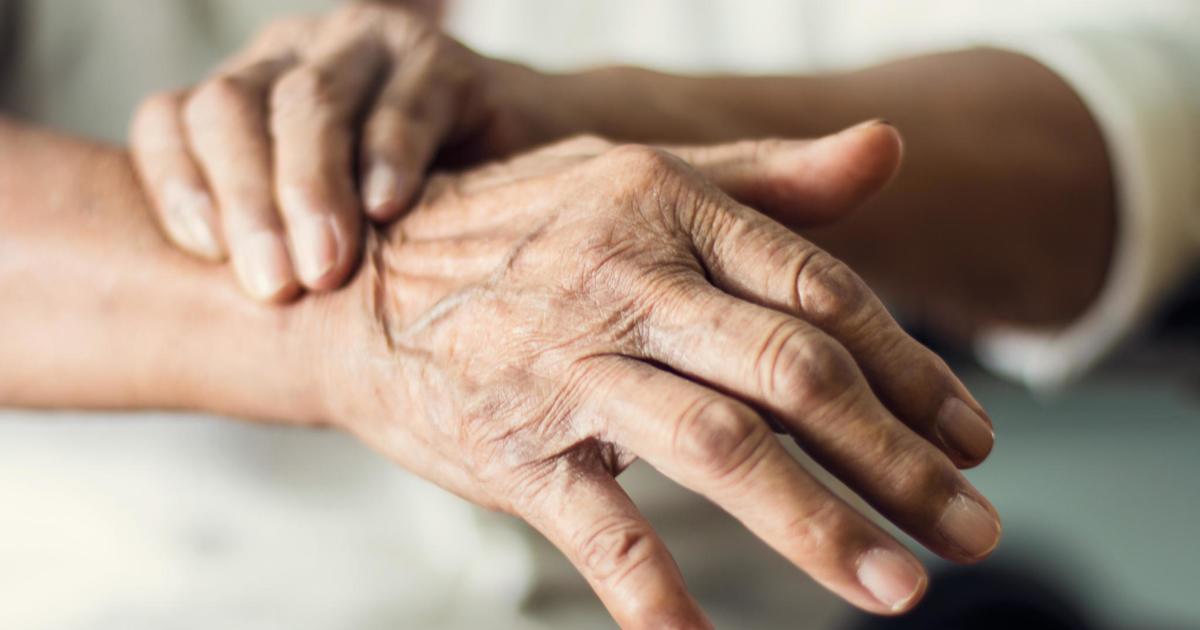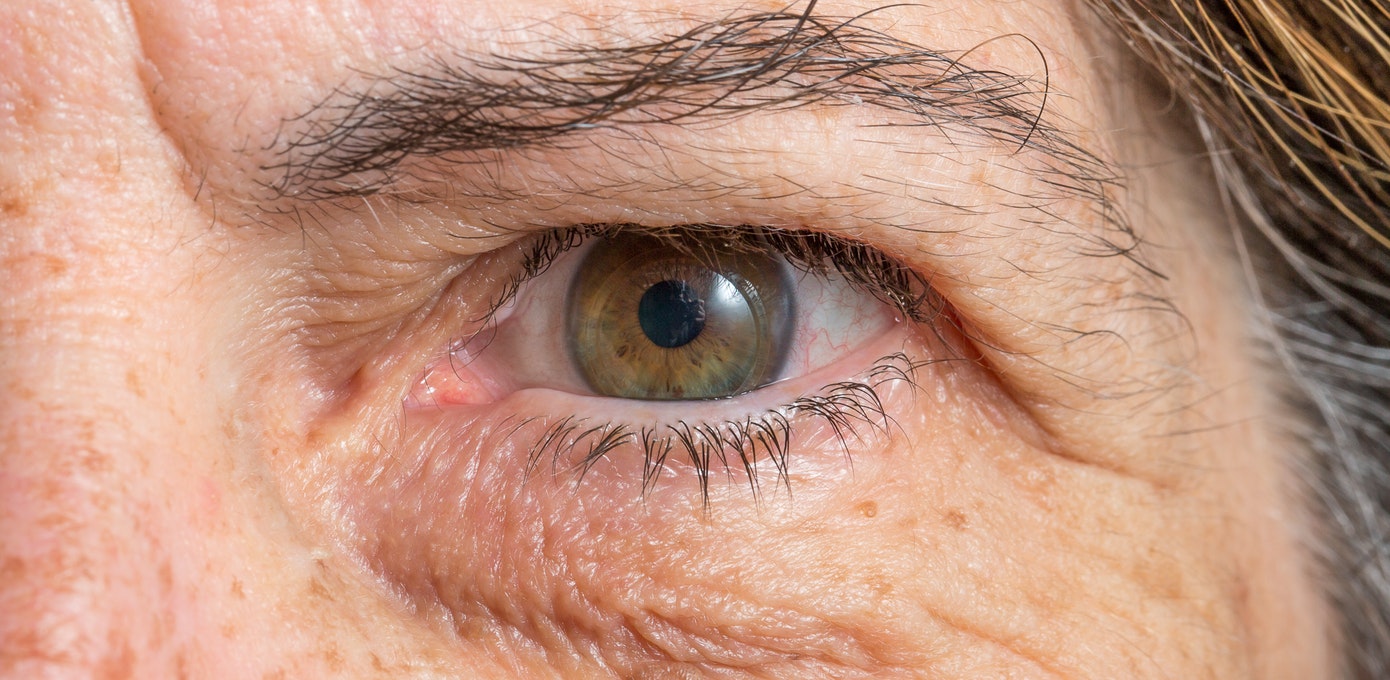15 Dystonia Varieties That Will Spin Your Brain Around
Imagine your own body, a complex symphony of movement, suddenly playing a discordant tune, twisting and contorting against your will. This disorienting reality is the essence of dystonia, a baffling neurological movement disorder where involuntary muscle contractions seize control, leading to repetitive movements and abnormal postures. From subtle tremors to dramatic full-body contortions, its manifestations are as varied as they are challenging. Prepare to have your understanding of movement spun around as we delve into 15 distinct varieties of dystonia, each revealing a unique and often surprising way this condition can affect the human body.
1. Generalized Dystonia

Generalized dystonia is a form of dystonia that affects numerous muscle groups throughout a patient's body, rather than being limited to a single part of the body. Generalized dystonia makes it difficult for an affected individual to control their body movements and move their body freely. Critical organs, such as the heart, are not typically affected by generalized dystonia. The first symptoms of generalized dystonia include a twisted or turned leg, a twisted or turned foot, painful or painless muscle spasms, bending or twisting of the torso when walking, and rhythmic jerking movements. Testing blood and urine can be used to look for evidence of generalized dystonia. MRI and or CT scans can be used to detect any lesions or abnormalities in the brain, such as stroke evidence. Electromyography may be used to help make a diagnosis of generalized dystonia, as it shows a physician the electrical activity occurring within an individual's muscles.
2. Focal And Multifocal Dystonia

Focal dystonia is a form of dystonia where one area of the body is affected. This part of the body can mean one muscle or a group of muscles. Focal dystonia causes the affected part of the body to produce movement due to involuntary muscle contractions. Focal dystonia is a common occurrence in the hands or feet. In these parts of the body, focal dystonia manifests with symptoms such as tremor, cramping, and repetitive motions. It is not uncommon for focal dystonia to induce arthritis from excessive use of the affected joint. Multifocal dystonia is a form of dystonia where a patient experiences symptoms in two or more different parts of their body. The two parts of the body affected in multifocal dystonia do not have to neighbor each other, such as the right arm and right leg. Symptoms that occur most often in multifocal dystonia patients include involuntary movements that have a rhythmic pattern in both parts of the body and contortions of the affected body parts. Multifocal dystonia is similar in presentation to focal dystonia but includes more than just one limb or muscle group.
3. Cervical Dystonia

Cervical dystonia is a form of dystonia characterized by involuntary contractions of an individual's muscles in their neck. This involuntary muscle contraction in the neck causes the patient's head to twist or turn to one side. It is not uncommon for the contractions to produce an involuntary and repetitive movement of the head in a forward and backward motion. These abnormal movements can lead to several complications and are very painful. Headaches, backaches, shoulder aches, and pain in the neck are common occurrences in cervical dystonia patients. Some individuals who have cervical dystonia experience a spread of their symptoms to another nearby part of the body, most often involving the trunk, jaw, arms, and face. Cervical dystonia can cause a patient to develop abnormal bone growths referred to as spurs on their spine. Spurs compress the nerves that run through the spine and cause weakness in the limbs.
4. Spasmodic Dystonia

Spasmodic dystonia is a type of focal dystonia that produces its main effects on an individual's vocal cords. Spasmodic dystonia can also be referred to as voice dystonia and laryngeal dystonia. Spasmodic dystonia can cause a patient's vocal cords to pull toward each other involuntarily, or it can cause them to pull away from each other. Adductor laryngeal dystonia defines when the vocal cords are forced together, and the patient produces a strangulated element when speaking. Abductor laryngeal dystonia occurs when the vocal cords are forced apart, and the patient produces a breathy element to their voice. Spasmodic dystonia can be made worse when an affected individual is tired and or anxious, unlike other forms of dystonia that are made worse when trying to perform a task. Spasmodic dystonia does not produce adverse effects when it comes to a patient's mind or their senses. Spasmodic dystonia can occur independently, or it may be paired with dystonia of a neighboring part of the body. In these cases, spasmodic dystonia would be considered a form of segmental dystonia.
5. Paroxysmal Dystonia

Paroxysmal dystonia is a type of dystonia characterized by episodic, short periods of involuntary movements that only manifest during said episodic attacks. These paroxysmal episodes can be triggered by several factors, including alcohol consumption, fatigue, and coffee consumption. There is no characteristic duration for how long a patient's paroxysmal dystonia attack can last. An attack may present for a few seconds up to a few hours. A patient does not experience a loss of consciousness or alteration of consciousness when they have a paroxysmal dystonia episode, and their senses and mind are also unaffected. Paroxysmal dystonia can often appear similar to epilepsy to the general population, but episodes are not considered seizures without an altered state of consciousness. Some individuals affected by paroxysmal dystonia may have multiple episodes every day, and others may only have them once in a while.
6. Blepharospasm

Blepharospasm refers to an involuntary twitch or spasm of the eyelid. Patients with this condition could experience excessive eyelid blinking, and eyelid fluttering may be present as well. Most cases of this condition are temporary, and symptoms last for a few days before resolving on their own without treatment. In a small percentage of cases, patients could develop chronic, persistent eyelid spasms that disrupt daily life. Sensitivity to bright light and fatigue are common, and the condition could occasionally lead to facial spasms. Blepharospasm is the result of abnormal functioning of the basal ganglia, and the cause of this malfunction is currently unknown. Treatment options for blepharospasm include botulinum toxin injections into the eyelid muscles and surgical treatments such as a myectomy. This procedure removes some of the muscles and nerves of the eyelids, and it improves symptoms in seventy-five to eighty-five percent of individuals with this condition.
7. Hemidystonia

Hemidystonia affects either the right or left side of the body. Patients with this condition generally have abnormal movements in the leg and arm of their affected side, and one side of the face could be affected occasionally. Symptoms associated with this form of dystonia include twisting of the affected arm or leg, and the foot, leg, or arm on the affected side could turn inward. Some individuals might also have muscle spasms of the mouth or face on their affected side. Hemidystonia is typically the result of an underlying medical condition such as cerebral palsy, multiple sclerosis, tumors, head injuries, or strokes. Treatment methods for this condition are similar to those for other types of dystonia. Patients may be offered botulinum toxin injections for symptoms isolated to small areas, and oral medications are the primary treatment option. Anticholinergic medications, including trihexyphenidyl, are often the first medications doctors prescribe. These medicines reduce tremors and muscle spasms. Patients might also need to take a muscle relaxant such as clonazepam or baclofen. For cases of idiopathic hemidystonia, doctors might consider surgical procedures such as deep brain stimulation.
8. Meige Syndrome

Meige syndrome is a form of dystonia in which a patient has both blepharospasm and oromandibular dystonia. In addition to eyelid spasms, the patient will display involuntary, irregular contractions of the muscles that open the jaw and control the face. The muscle contractions associated with this syndrome are often quite forceful, and they could cause pain. Facial grimacing, chin thrusting, headaches, and jaw displacement might develop, and muscle spasms could affect the respiratory tract, throat, or tongue. If the respiratory tract spasms, breathing could be impaired. Currently, the cause of Meige syndrome is unknown, and experts believe it is related to abnormal functioning of the basal ganglia. Oral medications that relax muscles and reduce spasms are often prescribed to treat Meige syndrome, and patients might also be offered botulinum toxin injections. Deep brain stimulation is currently considered to be the most effective treatment option for this condition, and it has allowed some patients to experience sustained symptom improvement.
9. Myoclonus Dystonia

Myoclonus dystonia is a rare form of dystonia that causes fast, involuntary jerking movements. The condition usually affects the neck, torso, arms, and hands. Patients typically begin to display symptoms in childhood or adolescence, and the jerky movements tend to remain the same throughout life; they do not get progressively worse. Patients with this form of dystonia are at an increased risk of mental health problems such as depression, anxiety disorders, panic attacks, and obsessive-compulsive disorder. Mutations in a gene known as SGCE are believed to cause thirty to fifty percent of all cases of this form of dystonia. Anticonvulsants and anticholinergic medications are helpful for many patients with this condition, and botulinum toxin injections are particularly effective for reducing neck spasms. Deep brain stimulation may be recommended for severe symptoms. Myoclonus dystonia patients often benefit from professional psychological support from a mental health specialist, and some patients also choose to take antidepressants. In cases where a patient's myoclonus dystonia has been linked to a genetic issue, it is advisable to speak with a genetic counselor too.
10. Tardive Dystonia

Tardive dystonia is a potential side effect of dopamine receptor blockers. These medicines are used to treat schizophrenia, psychosis, nausea, and dizziness. Tardive dystonia generally develops after an individual has taken dopamine receptor blockers for months or years. Patients with this side effect may experience involuntary neck movements, and the and contortion of the limbs and trunk could occur. Patients might also experience changes in their voice, and involuntary eye closure and other symptoms of blepharospasm could be present. They might move the face or mouth involuntarily as well. If the drug that causes the patient's tardive dystonia has only been taken for a short period, a complete remission of symptoms could occur, and this happens in an estimated one out of every ten cases. In the majority of cases, tardive dystonia is permanent, particularly if the patient has been taking the medication that causes it over a prolonged period.
11. Segmental Dystonia

Segmental dystonia affects two or more contiguous (neighboring) body parts. Unlike generalized dystonia which spans the entire body, or focal dystonia confined to one area, segmental dystonia creates a chain of involuntary contractions. For example, it might involve the neck and one arm, or the face and jaw, leading to twisting movements, abnormal postures, and often pain across the connected regions. This form highlights how dystonia can spread to adjacent muscle groups, presenting unique challenges in diagnosis and management as symptoms ripple through the body.
12. Oromandibular Dystonia (OMD)

Oromandibular dystonia specifically targets the muscles of the jaw, tongue, and mouth. This can manifest as involuntary opening, closing, or deviation of the jaw, tongue protrusion, or lip retraction. Eating, speaking, and swallowing become incredibly difficult, impacting daily life and nutrition. OMD can appear alone or as part of more complex dystonias like Meige syndrome (which combines it with blepharospasm). The constant muscle contractions are often painful, and the visible nature of the symptoms can also lead to significant social challenges for affected individuals.
13. Writer's Cramp (Occupational Dystonia)

Writer's cramp is a prime example of a task-specific focal dystonia. It causes involuntary muscle spasms in the hand and forearm, specifically triggered by fine motor tasks like writing. The hand might clench, fingers might extend uncontrollably, or the arm might tense, making it impossible to continue writing. While not painful for everyone, it can be frustrating and debilitating for those whose livelihoods depend on handwriting. Similar task-specific dystonias can affect musicians, typists, or even surgeons, highlighting how highly specific movements can become involuntarily hijacked.
14. Musician's Dystonia

A specific and often devastating form of occupational dystonia, musician's dystonia affects highly trained movements crucial for playing an instrument. It causes involuntary contractions in the fingers, hand, arm, or embouchure (mouth muscles for wind players) only when attempting to perform specific musical actions. A pianist's finger might curl involuntarily, or a flutist's lips might twitch, making it impossible to play. This condition often impacts professional musicians, shattering careers and requiring highly specialized retraining or treatment strategies to manage the incredibly precise loss of control.
15. Dopa-Responsive Dystonia (DRD)

Dopa-Responsive Dystonia (DRD), often referred to as Segawa syndrome, is a rare and particularly significant form of primary dystonia. What makes DRD unique and hopeful is its dramatic response to low doses of levodopa, a medication typically used for Parkinson's disease. Symptoms often begin in childhood with gait disturbances, progressing to generalized dystonia, but can almost completely disappear with levodopa treatment. This remarkable responsiveness highlights the importance of accurate diagnosis, as DRD is a treatable condition that can often be mistaken for other neurological disorders, leading to delayed intervention.
Understanding the Twisted Pathways: A Dystonia Summary

Dystonia is not a single condition but a complex umbrella of neurological movement disorders, each with its unique characteristics and challenges. From the subtle blinks of blepharospasm to the widespread contortions of generalized dystonia, and the task-specific precision of writer's cramp, the involuntary muscle contractions manifest in baffling and often debilitating ways. While the causes can range from genetics and brain injury to medication side effects, the common thread is a miscommunication within the brain's motor control centers. Despite its complexities, ongoing research and targeted treatments offer hope for symptom management and improved quality of life. Understanding these varied forms is the first crucial step toward effective diagnosis, personalized care, and fostering greater awareness for those navigating the unpredictable world of dystonia.